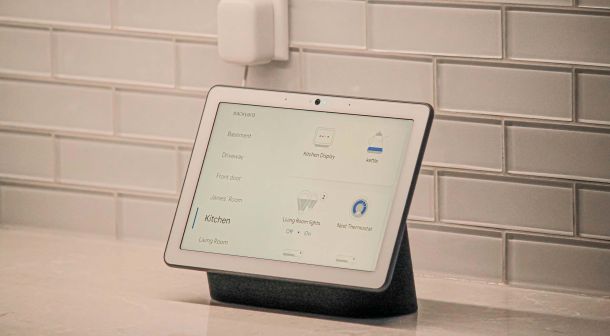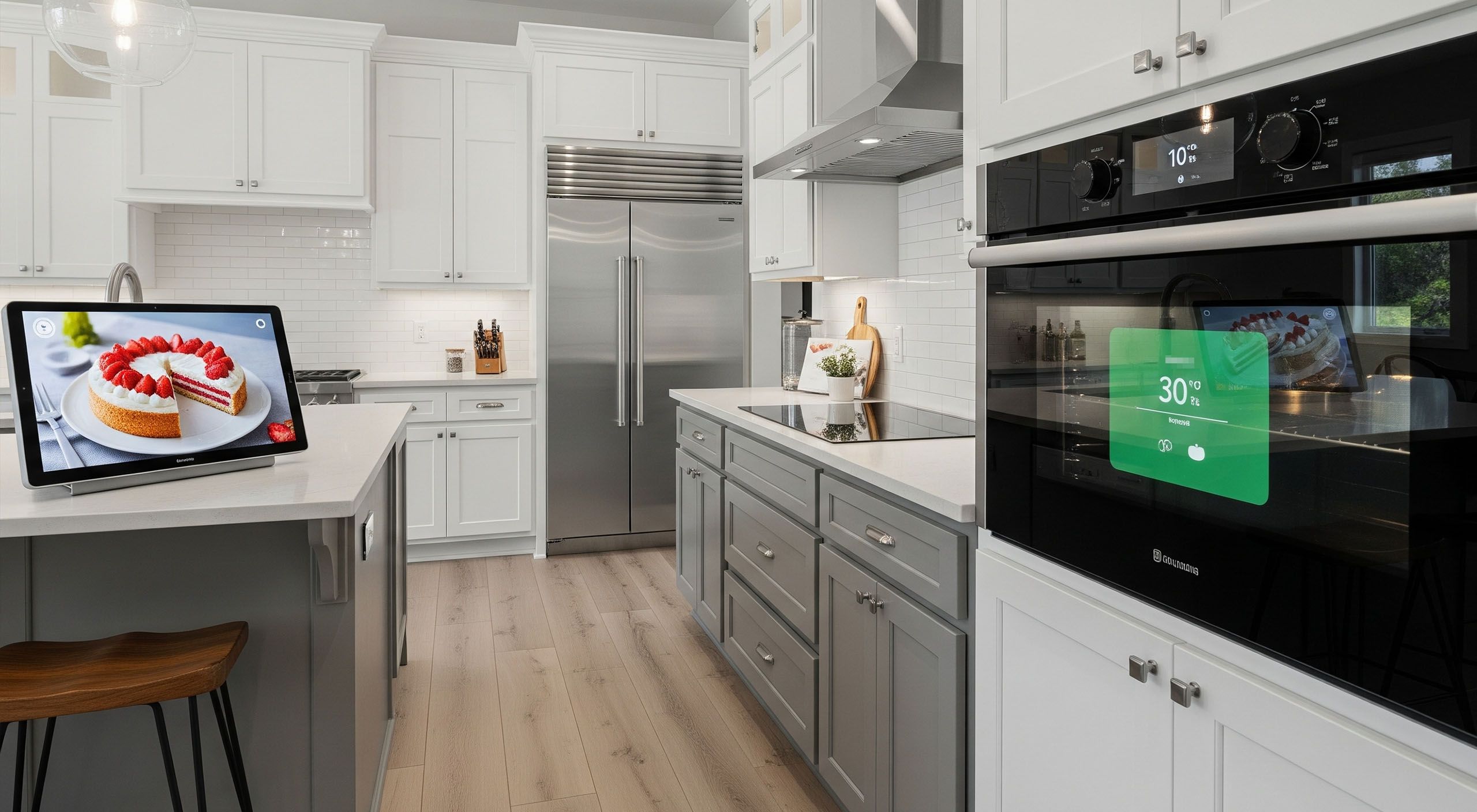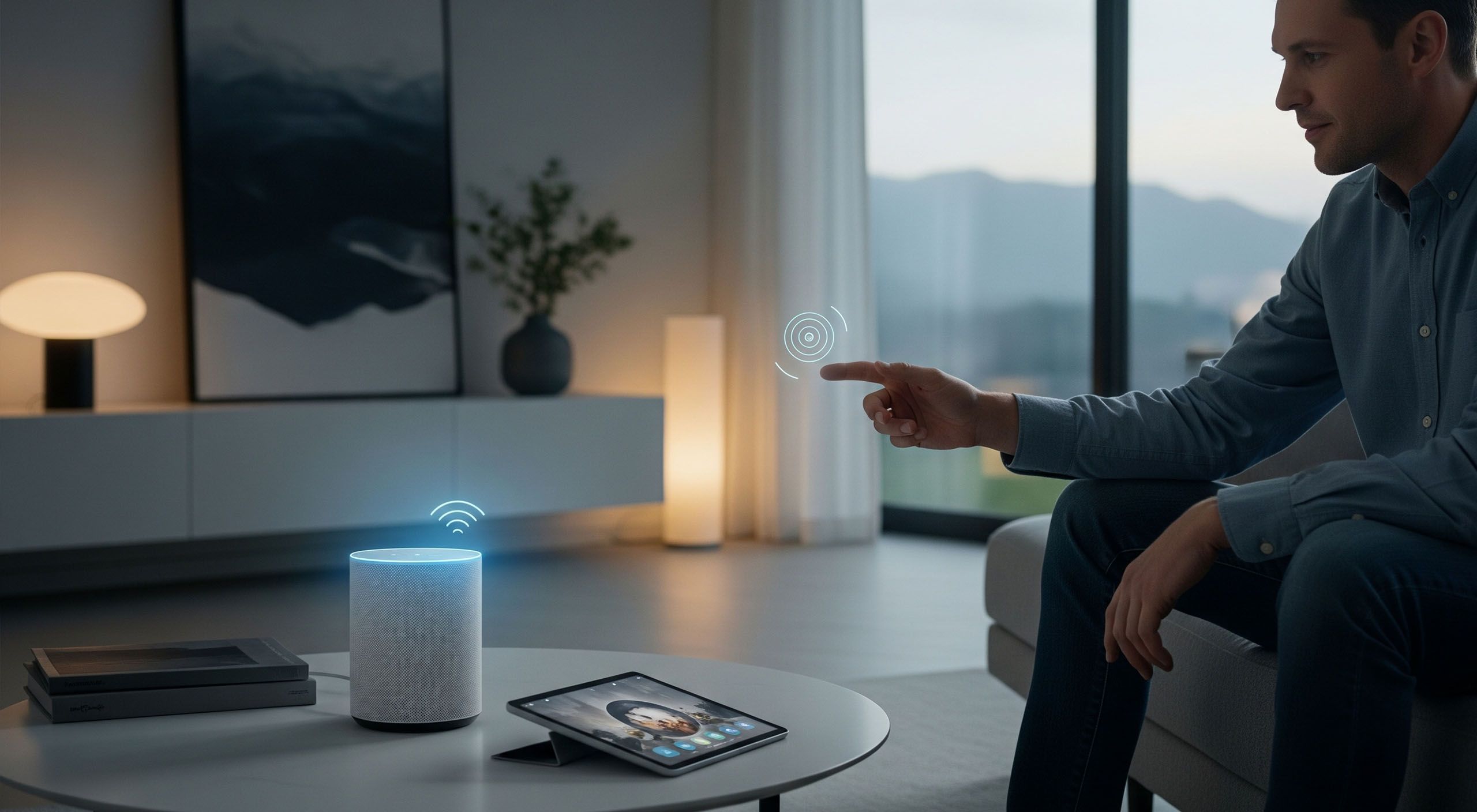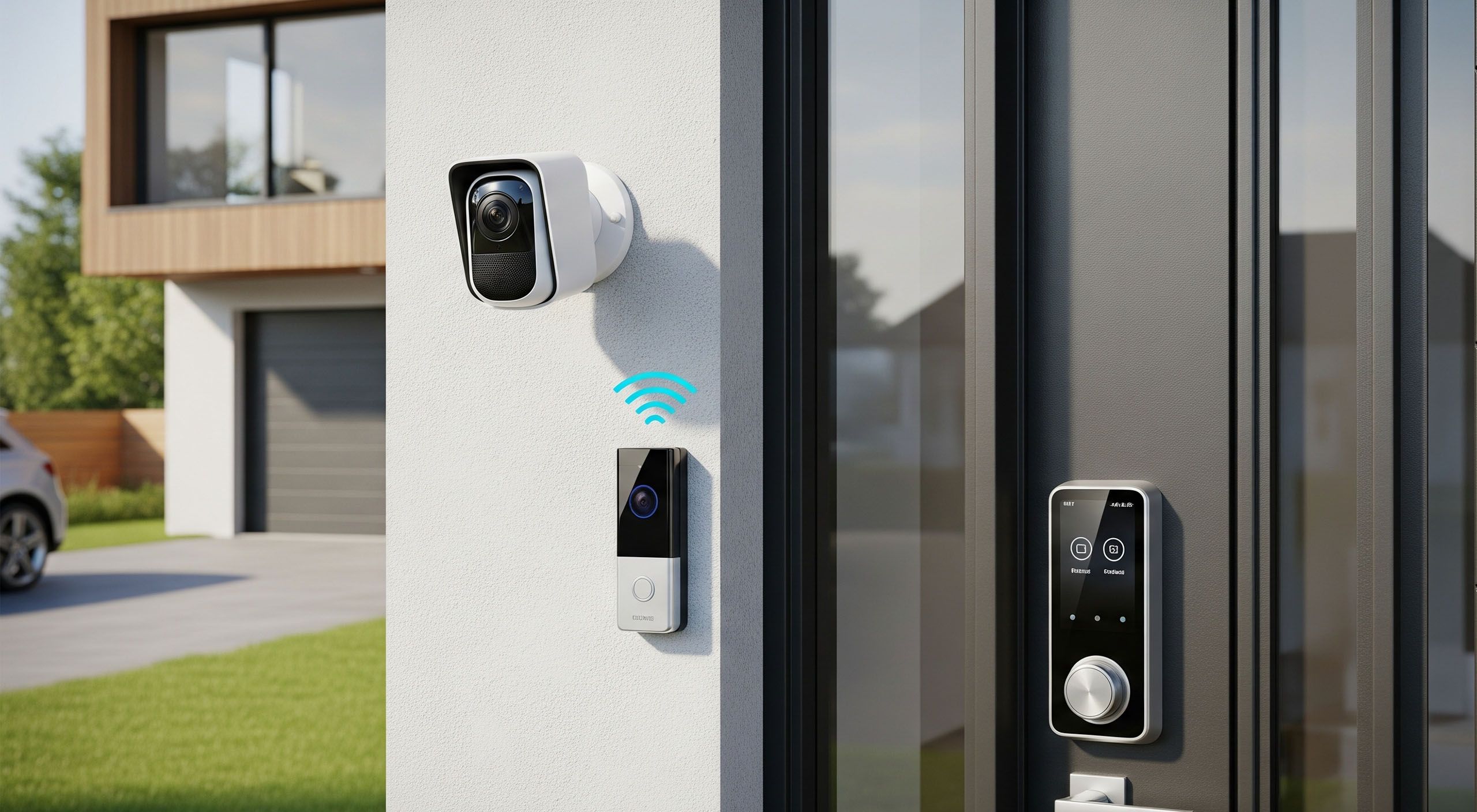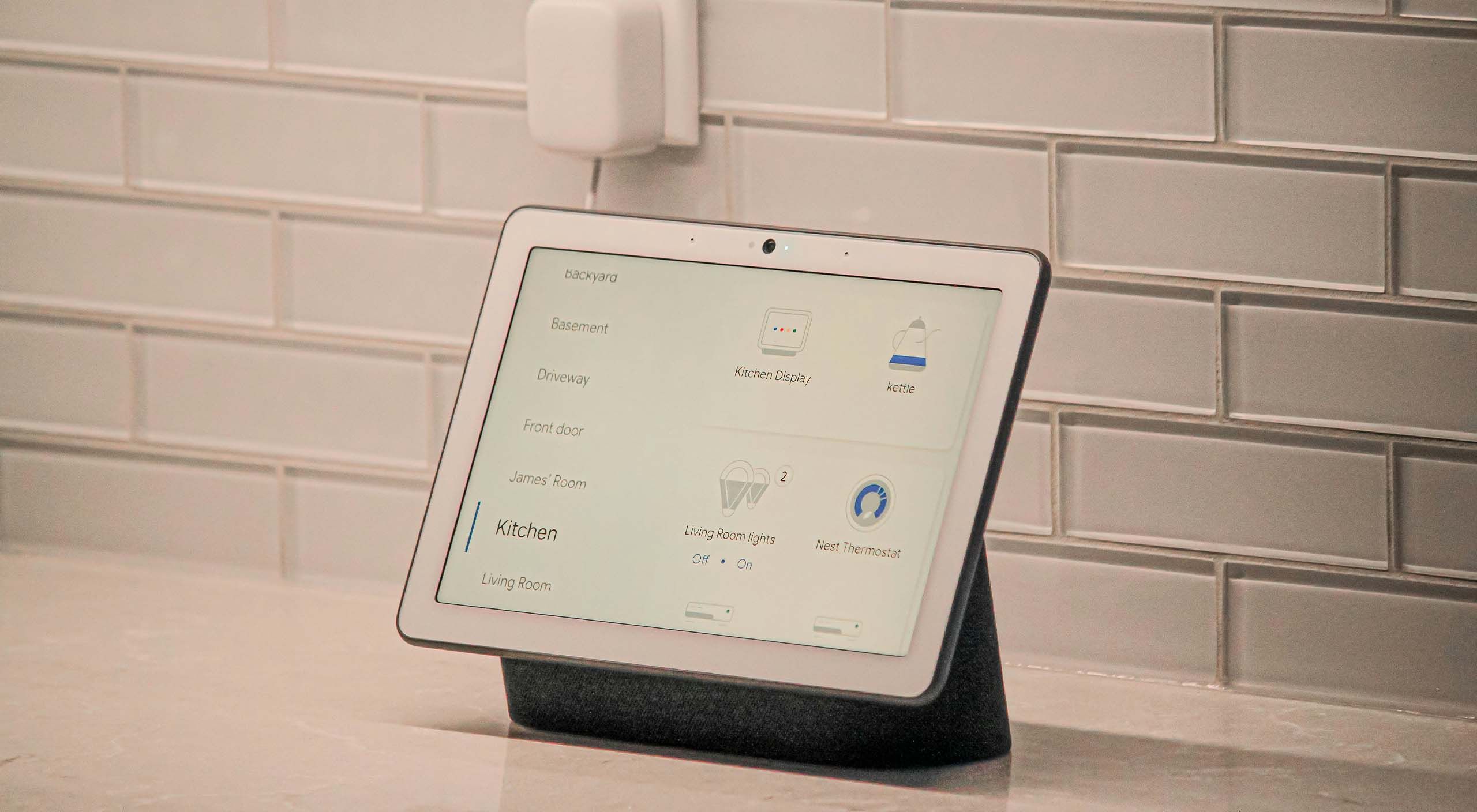The Best Smart Home Gadgets of 2025: What’s Worth Your Money?
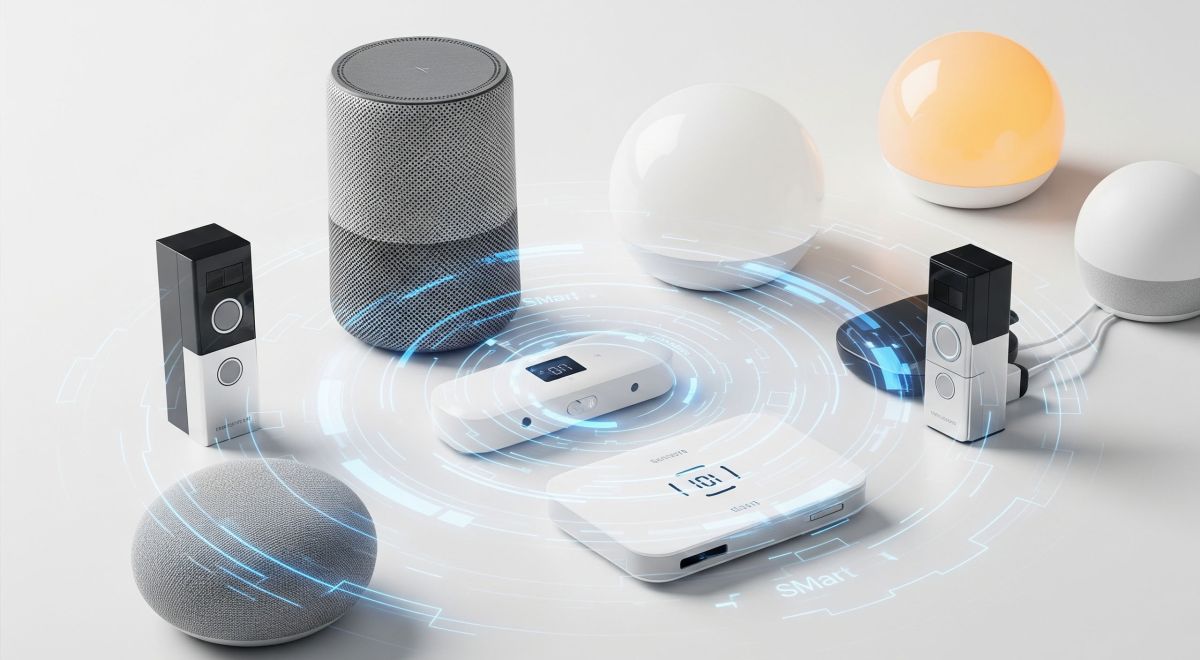
In 2025, the smart home is no longer a futuristic concept but a tangible reality, reshaping how we live, work, and interact with our personal spaces. The market is flooded with gadgets promising enhanced convenience, security, and efficiency. But with so many options, identifying what genuinely adds value and warrants your hard-earned money can be a challenge. This year, innovation isn't just about adding new features; it's about making technology more intuitive, integrated, and impactful.
Our comprehensive roundup for 2025 cuts through the noise, spotlighting the most innovative and genuinely useful smart home devices available. We'll explore key trends driving the smart home evolution and highlight specific product categories that stand out as worthwhile investments.
The Defining Trends of Smart Homes in 2025
Several core products are shaping the smart home atmosphere this year:
- AI-Powered Personalization: Artificial intelligence has moved beyond simple voice commands. In 2025, AI-driven systems learn user habits, anticipate needs, and proactively adjust settings for optimal comfort and efficiency. Think of a home that truly understands your routines and preferences, making subtle adjustments without explicit instruction.
- Seamless Interoperability (Matter Standard): The frustration of disconnected devices is fading. The widespread adoption of standards like Matter ensures that devices from different brands can communicate effortlessly, creating unified and cohesive smart ecosystems. This means fewer apps and a more streamlined control experience.
- Sustainability and Energy Efficiency: With growing environmental awareness and rising energy costs, smart home gadgets focused on energy management are gaining prominence. Devices that monitor consumption, optimize heating and cooling, and even integrate with renewable energy sources are becoming essential.
- Advanced Security and Predictive Protection: Home security has evolved significantly. AI-powered surveillance, facial recognition, and proactive threat detection capabilities offer peace of mind, transforming security from a reactive service into a preventive solution.
- Health and Wellness Integration: Our homes are increasingly contributing to our well-being. Smart devices that monitor air quality, optimize sleep environments, and even offer subtle health insights are becoming more common, creating living spaces that promote a healthier lifestyle.
Smart Home Gadgets Worth Your Money in 2025
Based on these trends, here are the categories and types of smart home gadgets that represent the best value in 2025:
1. Next-Generation Smart Hubs and Displays
Your smart home's central nervous system — hubs and displays — are now more powerful and intuitive than ever. They act as the primary links for AI personalization and unified control across all your devices.
Why they're worth it: Modern hubs, often combined with smart displays, offer centralized control for all your Matter-compatible devices. Their enhanced AI capabilities learn your preferences, enabling sophisticated routines and proactive adjustments. They serve as visual interfaces for monitoring everything from security feeds to energy consumption and offer rich entertainment options.
What to look for: Robust multi-protocol support (Matter, Thread, Zigbee, Z-Wave), advanced AI for predictive automation, high-quality audio and display, and strong privacy features (e.g., physical camera shutters).
2. AI-Enhanced Security Systems
Forget simple motion detection. 2025's smart security takes vigilance to another level.
Why they're worth it: AI-powered cameras can differentiate between people, animals, and vehicles, drastically reducing false alarms. Features like facial recognition for authorized entry, package detection, and even predictive analysis based on learned patterns provide unparalleled security. Smart locks offer biometric access (fingerprint, palm recognition) and can integrate with your routines.
What to look for: Cameras with advanced object recognition, local processing (edge AI) for faster alerts and improved privacy, two-way audio, geofencing capabilities, and robust encryption. Consider systems that offer seamless integration with professional monitoring services.
3. Intelligent Energy Management Devices
Save money and reduce your carbon footprint with smart energy solutions.
Why they're worth it: Smart thermostats, smart plugs, and whole-home energy monitors use AI to learn your heating and cooling preferences, optimize schedules, and identify energy-wasting appliances. They can integrate with utility grids to consume power during off-peak hours, further lowering bills. Water leak detectors can prevent costly damage by shutting off water automatically.
What to look for: Self-learning algorithms in thermostats, real-time energy consumption tracking, compatibility with solar integration, and precise control over individual appliances via smart plugs. Look for devices that provide actionable insights into your energy usage.
4. Adaptive Smart Lighting Systems
Lighting now goes beyond illumination; it influences mood and well-being.
Why they're worth it: Adaptive lighting systems can simulate natural daylight cycles, supporting your circadian rhythm for better sleep and alertness. They can adjust brightness and color temperature based on the time of day, activity, or your personalized preferences. Scene recognition allows lighting to adjust automatically for reading, movie watching, or entertaining.
What to look for: Full color spectrum control, circadian rhythm synchronization, seamless integration with voice assistants and other smart home devices, and energy-efficient LED technology.
5. Advanced Robot Vacuums and Home Robots
Robots are becoming more than just cleaning tools; they're household assistants.
Why they're worth it: The latest robot vacuums feature advanced LiDAR mapping, superior obstacle avoidance, and often dual sweep/mop functions. Some even self-empty and self-clean. Emerging home robots are adding features like mobile security camera capabilities, environmental monitoring, or even basic companion functions, offering genuine convenience for daily tasks and monitoring.
What to look for: Precise navigation, multi-floor mapping, self-cleaning/self-emptying docks, quiet operation, and multi-functional capabilities if considering a more advanced home robot.
6. Smart Kitchen Appliances
The kitchen is becoming increasingly intelligent, making meal preparation and food management simpler.
Why they're worth it: Smart refrigerators can track inventory, suggest recipes based on available ingredients, and notify you of expiring items. Smart ovens can recognize food types and automatically adjust cooking settings. These advancements cut down on food waste and make your cooking experience much smoother.
- What to look for: Integration with grocery ordering services, internal cameras for remote viewing, pre-set cooking programs, and voice control compatibility.
- Making an Informed Decision: What to Consider
Even the best gadgets require thoughtful consideration before purchase:
- Compatibility: With the Matter standard gaining ground, interoperability is improving, but it's still crucial to ensure new devices work seamlessly with your existing smart home ecosystem and preferred voice assistant (Google Assistant, Alexa, Apple HomeKit).
- Privacy and Security: Understand what data a device collects, how it's stored, and whether it offers privacy features like local processing or physical camera shutters. Choose reputable brands committed to data protection.
- Installation and Setup: Some devices are plug-and-play, while others may require professional installation. Factor in the complexity and your comfort level with tech setup.
- Long-Term Support: Consider the manufacturer's reputation for software updates, customer support, and product longevity. A smart gadget is only as good as its ongoing support.
The Smart Home Future is Now
The smart home gadgets of 2025 are not just about automation; they're about creating living spaces that are responsive, efficient, and truly personalized. By focusing on devices that leverage AI, prioritize interoperability, and contribute to sustainability and security, you can make informed choices that genuinely enhance your home and simplify your life. The investment in these intelligent solutions today means a more comfortable, secure, and connected home for years to come.



